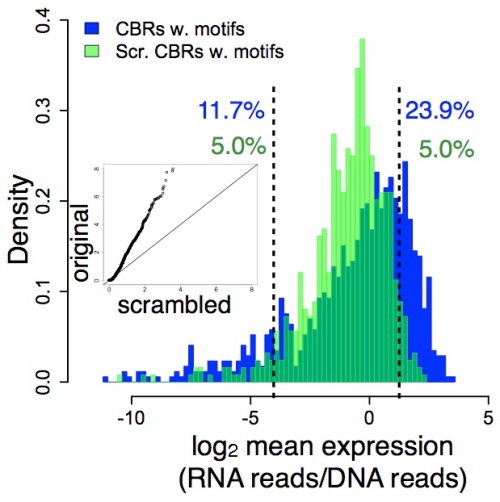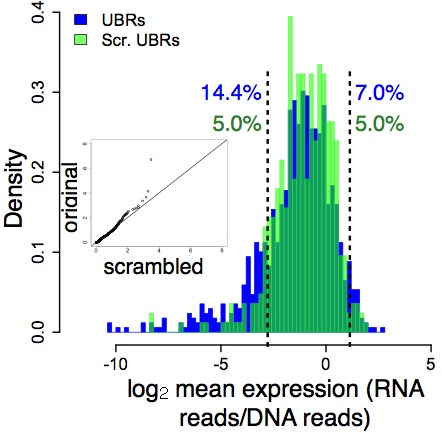Nour The Intern was assigned the task of monitoring Egypt’s rambunctious talk shows for an evening. This is her report.
After watching four consecutive hours of TV talk shows, followed by six hours online watching the talk shows I missed while watching TV – all telling me exactly how much I love and trust the army (a.k.a. The People's Army, The Patriotic Army and The Great Egyptian Army) whose generals and their predecessors and ancestors I ought to be writing a thank-you letter for – I was basking in the knowledge that helped my people save Egypt from terrorism and I wanted to buy a villa in Mountain View so I, too, could finally enjoy a quiet picnic with my wife.
What’s more baffling than my forgetting my financial status and my sexual orientation is the continuation of debate about whether or not there was such a thing as secular media bias, as if the tears of joy, the singing, the woo-hoos and the flag-waving that took place on-air moments after Morsi’s removal didn’t give anything away.
Nowadays when talk show hosts are not repeating the same anti-MB rhetoric they used the night before - which at this point should be replaced with Taylor Swift’s We Are Never Ever Ever Getting Back Together to cut back on production costs - or finishing the sentences of their diverse guests, they are usually praising their viewers for their “sixth sense” that is their ability to detect the truth and corruption, their regime-toppling skills, their love for the military, and their donations to or investments in Egypt. They are not always nice, sometimes they are openly reproaching the viewers.
“The MB’s International Organization is having a meeting in Turkey, and you’re having iftar at home!” said an incredulous and disappointed Mohamed Sherdy, on AlQahera AlYoum, to his viewers. “All of this, and you are home eating iftar, thinking it’s all done,” he continued to scold them, begging the question: Why and how are Egyptians supposed to stop the MB from pondering recent political developments in Istanbul? And where would it be appropriate for them to break their fast for the meantime?
“Well, I am not going to comment on this... since I’m the lame host, who is so ofar! (slang for over-the-top)” said Youssef el-Husseiny, mimicking his critics in a child’s voice, to his guest. “No, you’re loved a man,” his guest replied, in a conciliatory tone. El-Husseiny, whose face seems stuck in a perpetual smirk at his critics and the MB, had just finished off a long monologue recycling a conspiracy theory that says that the MB has infiltrated the Obama administration with Muslim aides and had anticipated some skepticism from his viewers, which is why he named the suspects on-air for the insultingly doubtful viewers to google them and see the undeniable evidence that is an unsourced 7-month-old Rose El-Youssef article for themselves.
“I am not telling you Obama is MB, I would be a stupid man if I did,” he said. “This is not a joke... what is proven is that Obama sought help from the MB.”
El-Husseiny went on with his monologue, which is just like Ibrahim Eissa’s minus the suspenders and Amr Adeeb’s minus the shouting, about how the MB are hated by just about everyone. Even more than half of the two million Gazans - whom it is believed that the MB planned to give Sinai to as a new homeland - have celebrated Fatah in Jan 2013, which means that they, too, loathe Hamas, i.e. the MB, he concluded happily, conveniently forgetting the fact that that celebration had followed a celebration of Hamas in the West Bank a month earlier and that the rallies were an attempt to ease the tensions between the two, and not public opinion polls.
Meanwhile on a different channel, Hala Sarhan was complaining to Tahani el-Gebali, who later rebuked her, and her colleagues, for not referring to the MB as the banned group that they are now “by popular decree,” about how some people didn’t like her map of the new, divided, Middle East, which she pronounced as the goal of the actually “US’s Dismantlement (of the Middle East) Plan” that is disguised as the MB’s agenda.
Out of dreaded necessity, Sarhan then began to mumble, rather than read, the statements of the MB. “Ahmed Arif, the MB’s spokesman, said the era of the military imposing (its) opinion has ended...in the 60s” she read with a look of disdain. “You weren’t even born at the time,” she added, triumphantly, knowing that that’s an insult he couldn’t return.
Lately, the most repeated media message regarding “the Brothers who call themselves “Muslims”,” whom the media ironically accuses of being takfiri (albeit rightly so), has been stressing the fact that the MB is part of an International Organization, a fact they appear to have suddenly rediscovered and are terrified of for largely unarticulated reasons.
This international organization, according to them, is hell-bent on seizing power across the region, but doesn’t mind destroying the said piece of land on behalf of the Americans and the Zionists, in exchange for assistance and support to rule whatever is left. The main “proof” of that theory is that there used to be three strong armies in the region: The Egyptian army, the seventh/tenth/(insert favorite number) strongest army in the world, the Iraqi army, and the Syrian army. Where are the last two now? Finito.
This makes the great Egyptian army the last piece in the puzzle and it’s stuck in their throat. Hence, your duty to love it. Admittedly, this would all sound a lot better coming from a bearded man, which is why there seems to be always a sheikh or a salafi, or a video of one, on demand to repeat whatever critical points a show host makes for reassurance. Some might argue that that’s using religion too, but that some should die. Since neutrality is a cowardly crime in all clear good vs. evil scenarios, which this is, according to popular belief.
Then there is Raba’a. Although most people seem to be actively ignoring the sit-in, with a mixture of cold indifference towards the protesters and bored sympathy for the residents, some talk shows have taken it upon themselves to talk the islamists out of Raba’a or the army (and the people) into it.
Here’s a video of a talk show where a woman calls in to beg the military to forcibly break up the Raba’a sit-in because the disgusting, surely-not-Egyptian, protesters smell bad. The host nods his head in agreement, explains how unclean he too thought the sit-in is and then gives the government a 24-hour ultimatum: they either do/say something about it, or he will err- “confront them” about it every hour.
“(The Raba’a protesters) are our cousins, they will leave...they must leave...so we can wreak vengeance on the MB leaders who are hiding behind them...(the Egyptian people) must come out in millions and take (the Raba’a protesters) in their arms,” an emotional Mostafa el-Gendy pleaded with the public via ONTV. He went on to beg the Salafis, “who used to sit with (him) and tell (him) that the Brothers were hypocrites,” to join him as well to avenge the martyrs.
Many like Ibrahim Eissa and Amr Adeeb prefered to address the Raba’a protesters gently, saying things of the following nature: You know, your leaders are pretty well-off. But what about you, my fellow citizen, sitting there under the scorching sun while fasting? Where was Safwat Hegazi when you were getting shot at, huh? Who dies at the end of the day? It’s always the little guy.
Others like Diaa Rashwan adopted the following religious approach: Give me one reason why Morsi is considered ‘Islamist’? You know he only said the word Israel twice in 59 speeches, and they weren’t even in a negative context.
The most telling approach by far is Ahmed El Esseily’s on Al Kahera Wal Nas. According to him, low-ranking Brothers must pick a side and do so now, otherwise he’ll be forced to categorize them with their leaders and treat them accordingly. He also took care to note that the revolution was made for freedom, justice and success, and only that. The “MB hates the first two,” he said, and failed at the third. Therefore, he decreed that no one can chant “Islamic, Islamic” anymore, since he, the revolution personified, just wants that those three things. However, you think the second slogan can achieve the first, then just say the first, he suggested, not unkindly.
Another example would be Eissa’s on-air calculations to work out the cost of the Raba’a sit-in. A minimum of two million Egyptian pounds a day, he said, just to feed and hydrate all of the “don’t have an iPad or iPhone...simple (-minded rural) people,” as Rashwan puts it - who were hailed as the wise true Egyptians when protesting against Mubarak and Morsi, but were instantly reminded of their illiteracy rates the moment some of them sided with Morsi - and, of course, all of Nasr City’s Syrian jihadists.
That two million or more Eissa and many, many others, are certain is coming out of the pockets of one sinisterly rich Brother, who is using food as payment. It can’t be that the all or some protesters are buying their own food, individually or collectively and sharing. That’s not only a naive thought, but it also dangerously implies that the Raba’a protesters are there out of conviction, and not for a meal. At least, not just for a meal.
“Where (is the MB) getting all that money from?” Eissa demanded an answer for what must be the 238th time, but to no avail.
Interestingly enough, despite the fact that the media people have unanimously agreed that the MB is a terrorist group, only fit to run a supermarket chain, with mindless members, out to radicalize society and abuse religion; almost all of them have recently asked the MB to stick the da’wah and never ever, ever, dabble in politics again. In other words, spread your filth in some mosque in Kafr el-Sheikh, just not the parliament, thank you very much.
Permalink






































